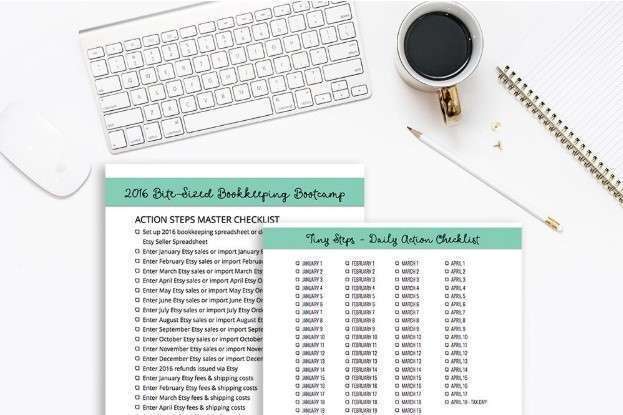How to Calculate the Taxable Value of Property Avoid this Mistake + FAQs

Analysts also use the quick ratio to compare a company’s liquidity to its peers or industry benchmarks, providing additional insights into its financial performance. For example, suppose a company has a high level of inventory that can be quickly sold Car Dealership Accounting and converted into cash. In that case, the Current Ratio may be a more appropriate measure of liquidity.
- Current liabilities are the debts a company must pay within a year, representing the company’s short-term obligations.
- There are also considerations to make regarding the true liquidity of accounts receivable as well as marketable securities in some situations.
- The quick ratio formula finance determines how fast a company can repay its current liabilities.
- If a company has too much cash or is holding onto excess inventory, it may miss out on opportunities to invest or grow the business.
- The current ratio, on the other hand, considers inventory and prepaid expense assets.
- This formula reflects the company’s ability to convert its most liquid assets into cash to meet short-term financial obligations.
What is the quick ratio formula in accounting?

Illiquid assets are excluded from the calculation of the quick ratio, as mentioned earlier. The quick ratio compares the short-term assets of a company to its short-term liabilities to determine if the company would have adequate cash to pay off its short-term liabilities. Improving your business’s quick ratio can make it easier to access funds and manage your financial obligations. But the quick ratio may not capture the profitability or efficiency of the company. This will give you a better understanding of your liquidity and financial health. Quick ratio formula is used to determine how a company is equipped to meet their immediate payments or current liabilities without having to sell more from their inventory or secure additional financing.

© Accounting Professor 2023. All rights reserved

Current assets are typically any assets that can be converted to cash within one year, which is how the current ratio is defined. Reducing the collection period of A/R has a positive impact how to calculate the quick ratio on a company’s quick ratio. A shorter collection period can help boost a company’s incoming cash flow and will also reduce the odds of encountering long-term debtors and bad debts.
Helping with business strategy
Thus, it’s typically not helpful to perform a ratio analysis of a company and compare its cash ratio against businesses in other industries. This usually accounts for house investments with very low risk and high liquidity. Cash equivalents as a component of quick ratio usually include certificates of deposits, treasury bills, bankers’ acceptances, corporate commercial accounting paper, or other money market instruments. A company with a higher quick ratio is considered to be more financially stable than those with a lower quick ratio. Having a healthy quick ratio is important for companies and their creditors, lenders, investors, and other stakeholders. However, a very high quick ratio may indicate that a company is not effectively utilizing its assets.

Its cloud-based system tracks all your financial information and gives you fast access to your current assets and liabilities. Quick assets are assets a company expects to convert to cash in 90 days or less. Current liabilities are obligations the company will need to pay within the next year. A quick ratio of 1.0 means that for every $1 a company has in current liabilities, it also has $1 in quick assets. A company can’t exist without cash flow and the ability to pay its bills as they come due. By measuring its quick ratio, a company can better understand what resources it has in the very short term in case it needs to liquidate current assets.
- Microsoft’s quick ratio is pretty high, primarily due to around $106.73 billion in short-term investments!
- By excluding inventory from the calculation, the quick ratio provides a more precise measure of a company’s ability to meet its short-term obligations.
- In the example above, the quick ratio of 1.19 shows that GHI Company has enough current assets to cover its current liabilities.
- The quick ratio only considers a company’s most liquid assets, such as cash and marketable securities.
What does quick ratio measure?
Management also uses the quick ratio to evaluate the impact of changes to the company’s operations or financial structure on its liquidity and financial health. Both the quick ratio and Current Ratio are necessary measures of liquidity, and it is recommended to use both ratios in conjunction with each other when analyzing a company’s financial health. However, the appropriate ratio may depend on the specific circumstances of the company being analyzed. Another key difference between the two ratios is their respective thresholds for acceptable levels of liquidity. A Current Ratio of 1.0 is generally considered the minimum acceptable level of liquidity, as it indicates that a company has enough current assets to cover its current liabilities.
Quick Ratio Explained: Definition, Formula, and Example – Conclusion
- The quick ratio, also known as acid-test ratio, is a financial ratio that measures liquidity using the more liquid types of current assets.
- Calculating the quick ratio is a more conservative assessment of the liquidity status of companies.
- Early liquidation or premature withdrawal of assets like interest-bearing securities may lead to penalties or discounted book value.
- A less than one ratio indicates that a business doesn’t have enough liquid assets to cover its current liabilities within a short period.
- The Quick Ratio is a more stringent measure of short-term liquidity than the Current Ratio.
- Suppliers use the quick ratio to evaluate a company’s ability to pay its bills on time.
Even though this process is similar everywhere, remember that property tax is a local matter. There are no federal property taxes on real estate – each state (and within it, each county or city) implements this formula under its own laws. Teams that want a more comprehensive view, including incoming and outgoing cash flows, budgeting, and invoicing, can use BILL’s integrated financial operations platform.
